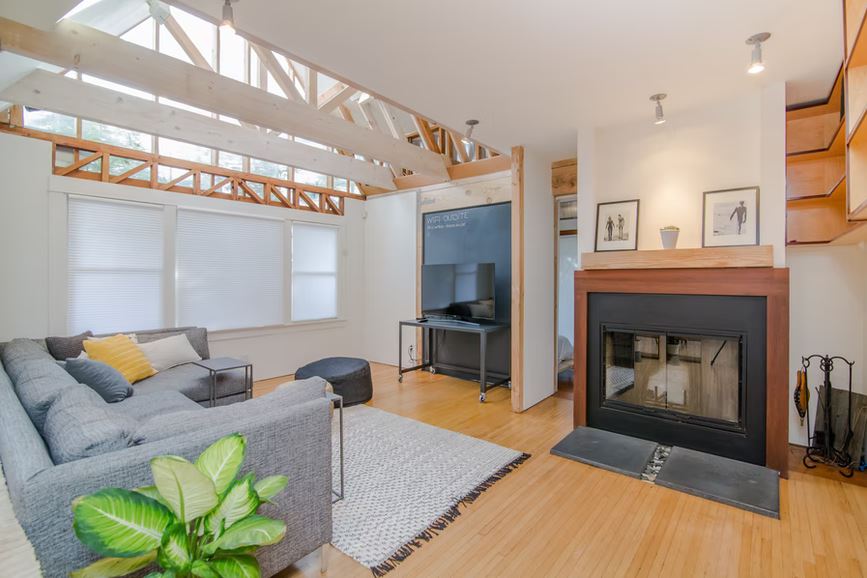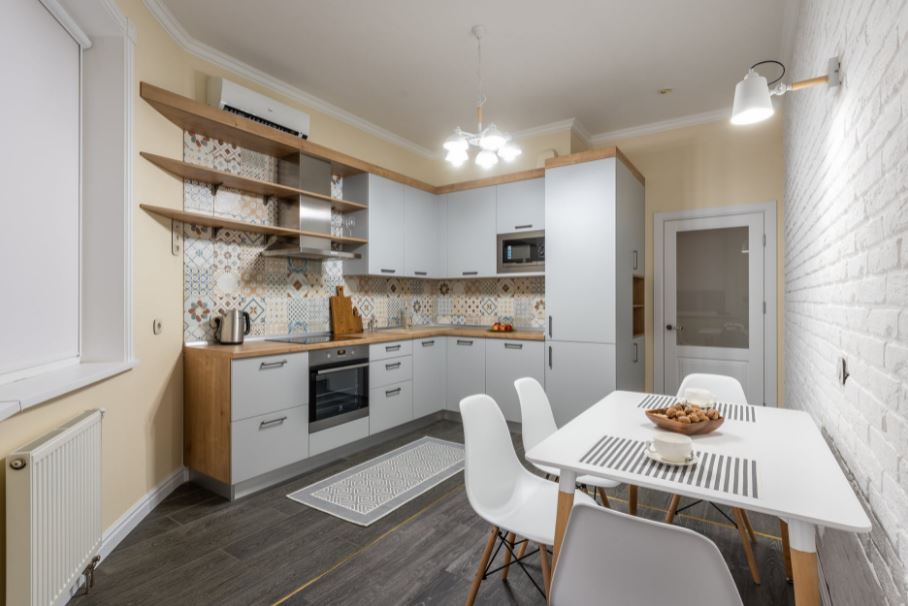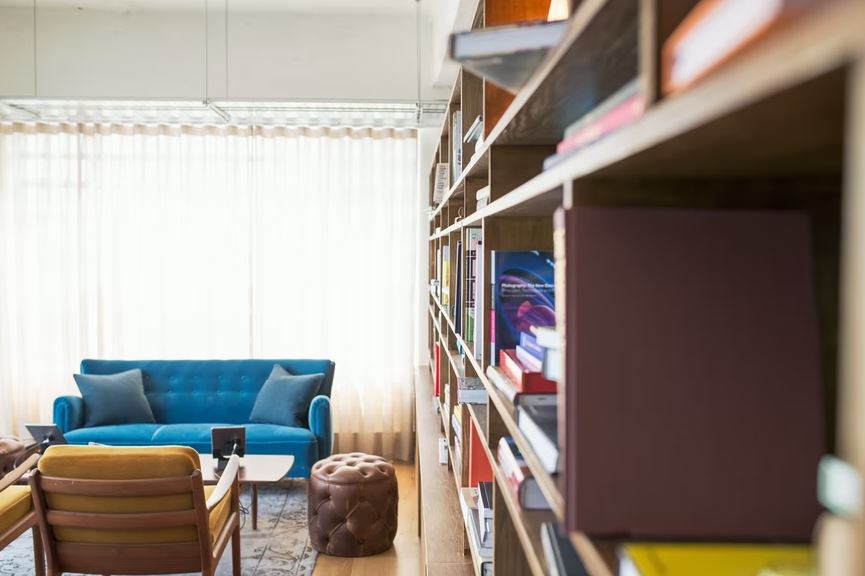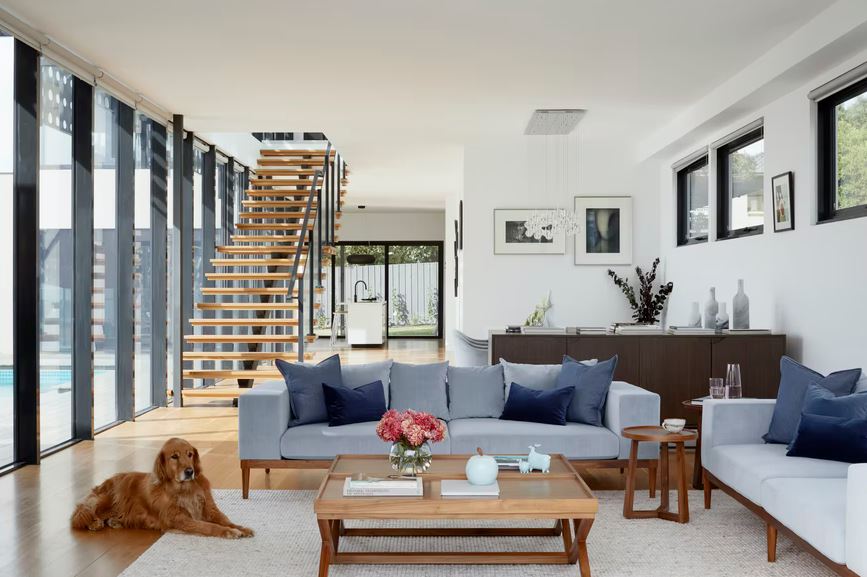Area rugs are a powerful home design tool that can blend perfectly in the background to make other decor stand out or unite the entire room together effortlessly. Not to mention that they also bring warmth and comfort, impacting and benefitting your space in many ways.
Regardless of whatever purpose you want a rug to serve, you must get the right rug for your home. After all, rugs can be expensive, and you’d be going to live with them for decades, which is why you need to get the best one for your money’s worth.
Yet, buying the best rug can be a puzzling task, given the endless list of options available in the market. Not to mention that you also have lots of factors to consider, from size, materials, style, to maintenance, making it even more intimidating.
Ease your worries, as we’ve collated the best tips to make your rug purchase an easier process. Continue reading below to get all the necessary information and help you find the ideal rug for your home.
Things To Consider When Buying a Rug
Size
One of the first and most crucial factors to check when buying a rug is the size of the room. Many homeowners make a mistake by getting a rug too small or too big for the room, ultimately ruining the space. You need to find one that fits the room size-wise and can cover any primary pieces in your room or act as an intermediary between your home’s built-in elements or furniture.
Outdoors: The larger the rug, the better it is for outdoor spaces. However, don’t overdo it. There should be a 12-24 inches gap between the rug’s edge and the area’s perimeter. You can have it as low as eight inches if you have a smaller space or go higher if you have a vast area. In most cases, you should place the rug at the center, with the same distance between the rug and the wall across all four sides.
Entryways and kitchen: Runners or narrower and rectangular-shaped rugs are the best choice for these areas, typically measuring 2×3, 4×6, or 5×8 feet.
Dining Room: Ideally, dining room rugs should be two to four feet longer and wider than your dining table on all sides. That way, your family and guests can move or push back their chairs freely without the fear of falling off the rug’s edges.
Bedroom: Having a rug in your bedroom can add warmth and soften up the hard surface flooring, making it feel cozier. For a big bedroom, you can get a large rug containing the entire bed, with the additional width on either side for the night table. If you have a smaller room instead, the rug may only contain a third or two-thirds of the bed, with the footboard sitting on the rug and the headboard and night table are not.
Living room: Typical rug size for a floating seating area in a living room is 8×10 or 9×12 feet, with all the furniture and sofa’s front and back legs sitting on the rug. Allot space around, ideally at six to eight inches wider on the sides. Smaller living rooms should have at least the front legs of the sofa contained in the rug.
Materials
Various rug materials are available, with each one having its pros and cons. Your choice basically depends on how much comfort you desire, what space you would be using the rug, and the kind and amount of traffic it will receive. Take a look at the quick guide below for the most common rug materials and their benefits and drawbacks.
Wool: Wool is the most common rug material, well-loved for its durability, softness, and excellent capability in hiding soil. The catch is that wool rugs are on the expensive side and can be harder to clean. Nevertheless, it’s ideal for your dining room, living room, and high-traffic areas.
Silk: Silk rugs are your best bet if you want to add a shiny and lustrous appeal. They are also soft to touch and provide a sumptuous feel. However, silk rugs are also expensive and pretty delicate, making them fit for only low-traffic areas like your bedroom.
Cotton: Cotton rugs are the affordable alternative to wool and silk. However, the price cut entails having a less-durable rug. While they come in fun, playful colors, hues tend to fade quickly. Plus, the rugs don’t repel stains much effectively. As such, cotton rugs are ideal for seasonal changes and casual spaces in your home.
Jute, Sisal, and Seagrass: All these are natural, plant-based fibers that can add a rich, lovely texture and a coastal vibe to your room. These rugs are eco-friendly and are usually free from chemical processing. Just be mindful that some types may absorb stains pretty quickly and can be too coarse. Still, many adore these rugs, as they can be used in high-traffic and sunny areas around the house.
Synthetics: Synthetic rugs are produced from man-made materials, like nylon, polyester, acrylic, and polypropylene, but have massively improved over the years to resemble natural fibers. They are more budget-friendly, family-friendly, and do well both in indoor and outdoor areas. Plus, maintaining them is more effortless, as you can clean most synthetic rugs using different types of vacuum.
Style
After picking the size and material, the next thing you need to ponder on is the style of the rug you’d be getting. Like lighting styles, furniture styles, room styles, rugs also come in a wide array of choices.
Before you purchase a rug, assess what overall style you want to achieve and start building the pieces so that elements can work with each other. Yet, it doesn’t mean that you should not confine yourself to a sole style. You can definitely mix and match them to suit your preferences and create a theme that’s ultimately unique for you.
You can choose from traditional styles, like Persian, Morocco, Berber, or Oriental. Many rugs also now come in florals, geometric, coastal, country, farmhouse, and mid-century styles if you want something modern and contemporary. Alternatively, you may opt for a natural look, using jute, sisal, sheepskin, cowhide, or leather, or go Bohemian, with shag, dhurrie, ikat, and kilim rugs.
Color and Pattern
To further get you ready for your rug shopping, get a quick look at your room’s color and pattern. In general, it should complement two to three elements in the room to unify the look of the entire space.
A good way to check if the rug will match your home’s theme is by taking pictures of your sofa, furniture, walls, and drapes before going to a store. Through that, you’ll have a reference of their color swatch, making comparison a whole lot easier.
If your sofa and primary furniture come in solid color, pick a patterned rug to get a stunning contrast. The sofa’s secondary color should match the soda, while the third color should go along with the wall, drapes, and other ornaments in the room. If you have a patterned sofa instead, a solid-colored and plain rug will do best as it will bestow the calming effect.
See to it that the rug’s overall shade also matches the room’s accent colors. Rooms with lots of hues will go along with rugs in neutral shade. If the room is pretty empty or has no furnishings, match it to the colors of walls and ceilings. Alternatively, you can make the rug stand out instead. All depends on the atmosphere and effect you want to imbibe.
High Pile or Low Pile
Next thing to assess is the kind of pile you want for the rug, Pile pertains to thickness or density of rug, either low-pile or high-pile. Of course, each one has their own advantages and disadvantages.
Low-pile rugs cost less and are far sturdier, easier to vacuum and clean than high-pile. However, the latter’s taller, looser fibers are definitely softer, making them more comfy and appear more luxurious.
Low-pile rugs work great on high traffic areas, such as entryways and hallways. Meanwhile, high-pile rugs do well in bedrooms, living rooms, and other low-traffic areas.
Maintenance and Lifestyle
While rugs can be fantastic assets to your home, they come with a cost. You need to regularly vacuum and clean them to keep them looking great and ensure they last longer. That’s why you need to fully assess how much work you are willing to invest according to your family’s lifestyle.
Getting a light-colored, high-pile rug is obviously not the best resort if you have children and pets. High-pile rugs are significantly harder to clean due to their long fibers, and the dirt and dust brought by active children outside, plus the hair and dander from your pets, can deeply penetrate the crevices, making cleaning a more demanding task.
If you are a busy person, you may opt for flatweave rugs that are relatively easy to clean and maintain. However, be mindful that they won’t give a luxurious look and sense of comfort if you are looking for them. You can go for a high-pile rug, but remember that they won’t fit high-traffic areas and are more prone to damage than low-pile rugs.
Wrapping Up
Buying the right rug entails a lot of consideration, making it an overwhelming decision. Just be patient and go to these factors carefully, one at a time to make everything smoother. Take your time, and soon you’ll be able to make a smart purchase and find the best rug that you, your family, and your home can enjoy for the many years to come.








